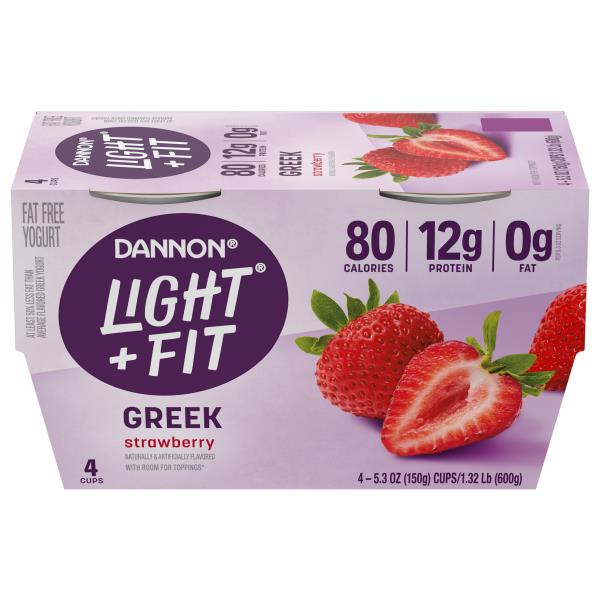
Summaryįrozen yogurt tends to be lower in fat and calories than ice cream, but it could have more added sugar. The Dietary Guidelines for Americans define a diet high in added sugar as one in which added sugar comprises more than 10% of daily calories ( 12).Ī diet high in added sugar can increase your risk of obesity, type 2 diabetes, heart disease, and non-alcoholic fatty liver disease ( 12, 13, 14, 15). However, a diet high in added sugar can harm your health. This is fine for most people to eat every once in a while. It’s also worth noting that both ice cream and frozen yogurt pack lots of calories and sugar. Neither contains any dietary fiber, which helps promote a healthy gut ( 11).

Calcium is especially important for bone, muscle, and heart health ( 8, 9, 10). Frozen yogurt contains 7% of the Daily Value (DV) and ice cream contains 8% of the DV in a 1/2-cup (118-mL) serving. While ice cream uses cream, frozen yogurt uses cultured milk, which may contain probiotics.īoth are decent sources of calcium. The main difference between ice cream and frozen yogurt is the dairy base. It’s worth noting that frozen yogurt’s beneficial bacterial cultures may be killed during production in the pasteurization or freezing stage ( 7). As the mixture freezes, air is folded into it to create a smoother texture ( 6). To make frozen yogurt, milk and sugar are heated together, and then active bacterial cultures are added before it’s allowed to cool and ferment. The amount of air incorporated into the batter is also measured, as it helps impart a fluffy texture ( 1, 6). To make ice cream, cream is churned along with sugar, flavorings, and sometimes egg yolks until the mixture is frozen. In contrast to frozen yogurt, ice cream is not made with fermented milk products. However, unlike the term “ice cream,” the term “frozen yogurt” is not regulated, so there’s no requirement regarding how much yogurt should be in the final product ( 4, 5). To culture the milk for frozen yogurt, pasteurized milk is fermented with a gut-friendly bacteria, typically Lactobacillus bulgaricus or Streptococcus thermophilus ( 1, 3, 4).
#Low fat flavored publix premium greek yogurt full
Full fat frozen yogurt typically contains 3–6% milk fat, while low fat frozen yogurt contains 2–4% ( 1). The fat in frozen yogurt comes from cultured milk instead. However, some ice cream can contain up to 25% milk fat ( 1, 2).Īs its name suggests, ice cream uses cream as a base, and this is the source of its milk fat. Ice cream should contain at least 10% milk fat to be considered ice cream, according to the Food and Drug Administration (FDA). Ice cream and frozen yogurt are made with different ingredients and via different processes.

Frozen yogurt tends to be lower in fat, but it may contain more sugar. While frozen yogurt uses cultured milk, ice cream uses cream. Summaryįrozen yogurt and ice cream both contain dairy and sugar. It’s important to note that some frozen yogurts may contain just as much added sugar as ice cream - even or more - to compensate for the yogurt’s naturally tangy flavor. Air is folded into ice cream during the churning process, and egg yolks may also be added ( 1). On the other hand, cream is typically used as the base for ice cream. The fat content of the milk largely determines how much overall fat is in the final product. Unlike ice cream, frozen yogurt incorporates cultured milk, or yogurt. Both also contain flavorings or other swirled-in ingredients.

Ice cream and frozen yogurt share two main ingredients: dairy and sugar. However, the ingredients of the particular brand and flavor of frozen yogurt largely determine whether it’s actually healthier than ice cream. Claims that frozen yogurt is ice cream’s healthier cousin focus on frozen yogurt’s probiotic content and lower fat level.


 0 kommentar(er)
0 kommentar(er)
